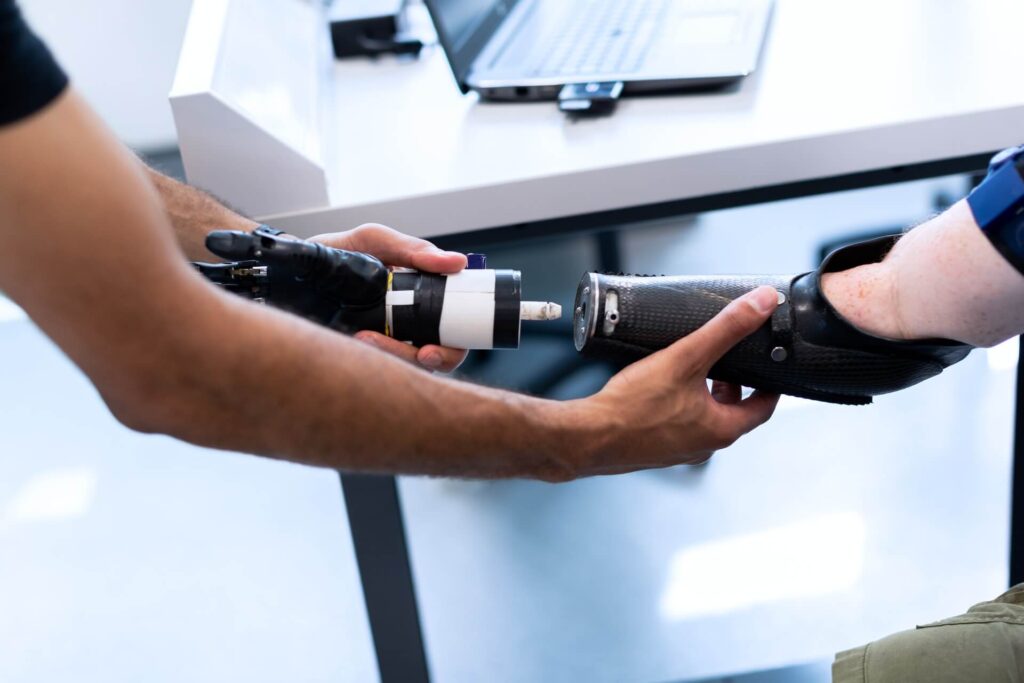Bionics is a term that has been gradually growing in use and significance for a little over half a century – and, perhaps more importantly, one that has been evolving to take on new meanings, new applications, and new prospects across the worlds of tech, medicine, and science.
To be sure, while the word has retained the essence of its original meaning, it now represents something that would have been unrecognisable to those first pioneering the world of bionics back in the mid-twentieth century. The story of its development from a seedling idea to something that is impacting, re-shaping and improving lives across the globe is, without a doubt, a singularity – one that spans more years’ worth of human thought than we could ever capture in a single article.
Still, for anyone with an interest in the continued development and application of bionics, here are two key moments to know more about.
- Advancements in Restoring Proprioception
For those who hold no first- or second-hand experience in the loss of a limb, it is often all too easy to overlook quite how complicated life can be as the individual adjusts to life inside a body with which they are unfamiliar.
One area that can pose a significant struggle to many is in attuning to life with a prosthesis. Despite the fact that these prosthetic limbs are designed to support and improve life for those who have lost limbs, the adjustment period can be long, frustrating and, for many, emotionally taxing.
Researchers at MIT have, however, recently pioneered a new form of amputation surgery, which promises to preserve more of the control amputees hold over their ‘phantom limb’ which can, as a result, make it much easier for them to learn to control a prosthesis. This offers an incredible new line of inquiry for surgeons around the world, for whom ensuring that the amputation upholds the patient’s mobility in the future has long since posed a significant challenge.
- The Transformative Power of the Hero Arm
The concept of developing a bionic arm, rather than an inert prosthetic, for those living with limb difference has been in development since the late 1990s, when the first usable model was fitted to a patient in Edinburgh. For researchers and developers, the trial of creating an intuitive, comfortable and reliable bionic arm has always been hampered by the need to ensure that it remains affordable, and accessible to those who need it the most.
In recent years, the world of bionic development has found a mainstay in successful entrepreneurs like Tej Kohli, whose venture has served to incubate those pursuing new technologies and fledgling areas of research – and to provide a solid platform of expertise and financial backing in order to ensure a strong trajectory for what could very well represent transformative or life-affirming treatments, technologies and prospects for patients across the globe in the near and distant future.
The Hero Arm is, in many ways, the manifestation of that combined effort between researchers, engineers, investors, and the patients themselves, whose own requirements, needs, and wishes have shaped the development of this bionic arm in every way.
From multi-grip functionality to affordability, it represents the synthesis of a global effort toward enabling those with limb difference to live without limitations.
